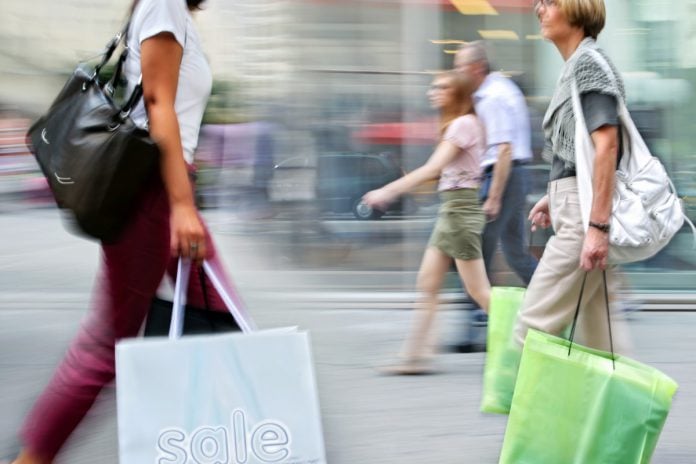No one can argue that 2019 has been a gruelling year for retail.
With historic high street store closures such as House of Fraser, Bonmarche and Mothercare, customer footfall down, and increased competition, it’s no surprise that retailers are finding it increasingly difficult to survive the ever-changing landscape.
This, alongside the fact most industry analysts are predicting a continuation of the downward trend well into 2020, represents the need for change.
Weak revenues have been driven by decreasing consumer confidence, diminishing marketing spend, time constraints of small retail owners and a change in consumer demands, as they search for more meaningful experiences with their purchases.
According to Massimo Sirolla, CEO of digital loyalty platform Loyalzoo: “Consumers are seeking more from their relationships nowadays and it’s crucial that stores turn both casual browsers and loyal customers into spenders and higher spenders respectively by encouraging impulse purchases, loyalty purchases and highlighting special offers the customer can’t resist.”
The ‘Christmas rush’ could have come soon enough this year. The two month trading period is the pinnacle of consumer spending, where retailers expect to complete 25% of their annual sales.
This year is no different, with retailers welcoming Black Friday success, as transactions in the UK jumped by 12.5%. The Barclaycard study, which processes nearly £1 in every £3 spent in the UK, shows transactions have been strong throughout Black Friday week.
A recent Which? Report indicates that there is more of an evolution driven by a change in shopping behavior pointing to an increase in experiential retail and causing an increase in coffee shops, nail bars, barbershops, tattoo parlours and more.
As retaining existing customers is 5-7 times cheaper than acquiring a new one, and since most consumers will visit a high street retailer only once a month, there can be no doubt that customer retention ensures survivability.
Advancements in technology mean that digital customer loyalty schemes are now more affordable, for retailers of any size.
Companies such as Loyalzoo, who integrate with payment and POS systems such as Epos Now and Clover (a First Data company), aim to drive consumer loyalty and support entrepreneurs in building meaningful relationships.
High street footfall is also up – increases of 6% year on year, according to ShopperTrak, and up 6.8% on Saturdays. This presents an opportunity for both independent retailers, and small business owners as big brand stores alike to build new relationships with customers consumers who have stepped into their stores for the first time.
“It’s really simple to make marginal gains with loyalty by providing meaningful and impactful value through loyalty platforms that are simple to access,” added Sirolla.
According to Sirolla, ‘tried and tested techniques’ will still work, such as:
- Simple Signs still work Easily interchangeable point of sale such as pavement signs or boards outside the store can be updated with changing offers and prices throughout the festive period,
- Free-standing poster holders and show-card stands: can be positioned inside and can even be used for the January sales.
- Try a simple digital loyalty scheme: Loyalty points are a very familiar concept to all shoppers, and gives them a reason to return, spend again and become regular customers during the next year. If you’re a coffee shop why not fill a bin with stocking fillers right next to the till and offer a saving if someone joins your loyalty program?
Sirrola concluded: “It is essential that retailers are thinking about their Christmas strategy and the role that their stores can play in this to ensure that they have a unique offering for shoppers.
“Not just that but sensible stores will find ways of turning the impulse shopper into a loyal customer of the future.”























